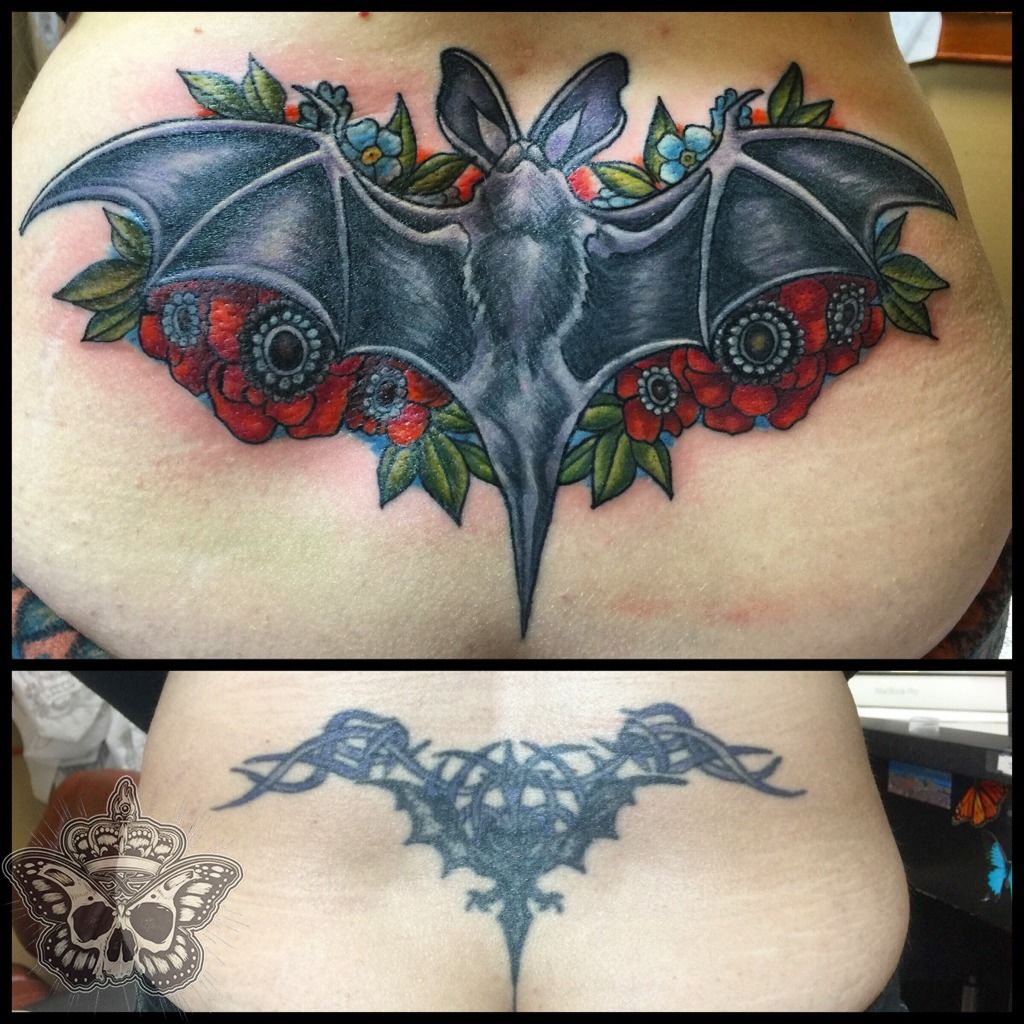

If loading and discharging costs are on shipowners account, there would be cargo handling costs to consider. There will be port dues and stores and provisions for the crew. Variable Costs (VC) will be voyage-related costs such as bunker consumption, both at sea and in port, must be accounted for. Total fixed cost attributed to the trip is $300,000. Round trip from Rotterdam to New York takes 20 days. Output produced by this journey can vary between zero and 600 million tonne-miles, assuming bulk carrier is laden one way. Bulk carrier will trade from Rotterdam to New York and back, a round-voyage distance around 6,000 nautical miles. For example, daily overhead costs attributed to 200,000 DWT capsize bulk carrier have been calculated by shipowners as being $15,000 a day. Hence, Fixed Costs (FC) can be treated as a constant. In the short-run period, Fixed Costs (FC) are unaffected by the change in the level of production. Therefore, bunkers are Variable Costs (VC). Ship bunkering expenses are directly related to producing output (laden tonne-miles or tonnes of cargo moved). Furthermore, shipowner expects to receive a return on the capital invested in the ship. Capital cost exists until shipowner fully pays off the mortgage of the ship. Ship’s daily capital cost has to be recovered either the ship sits at lay-up (no output) or the ship is actively trading. Capital cost (mortgage repayment) is a Fixed Cost (FC) because capital cost does not vary with the output of the ship. In the long run period, all costs become Variable Costs (VC) and Fixed Costs (FC) does not exist. The distinction of Fixed Costs (FC) and Variable Costs (VC) distinction is only valid in the short run period. Variable Costs (VC) are all expenses which do vary with the production of output. Fixed Costs (FC) are unaffected even if production fell to zero. Fixed Costs (FC) are necessarily incurred costs. Fixed Costs (FC) do not vary with the level of production of output. Variable Costs (Direct Costs, Avoidable Costs)įixed Costs (FC) are all expenses which must be met when producing the output of goods or services.In short-run period, there are two (2) types of costs: In container market, freight rates are expressed in dollars per TEU (Twenty-Foot Equivalent Unit), so costs are measured per TEU. Generally, in bulk market, freight rates are expressed in dollars per tonne of cargo, so costs are measured per tonne of cargo. On the other hand, Unit Cost is calculated on the maximum quantity of cargo the ship is designed to carry. Average Cost per tonne is calculated on the quantity of cargo being carried on any voyage. Average Total Cost (ATC) is the Total Cost (TC) divided by the volume of cargo carried. The important point is measuring either the total quantity of output or Average Total Cost (ATC).


Nature of the cargo carried is unimportant to shipping cost analysis. Tonne-miles produced by ship per day, per trip or per year.Tonnes of cargo carried by ship per day, per trip or per year.In shipping business, output can be measured either by:


 0 kommentar(er)
0 kommentar(er)
